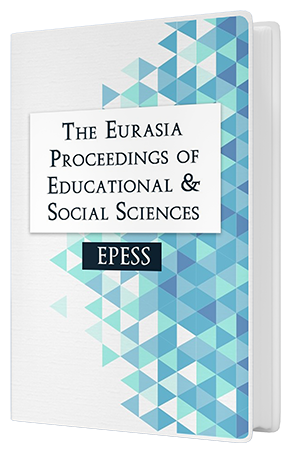Increasing the Effectiveness of Fake News Detection: An Educational Program for High School Students Using Interactive Neural Network Training and Collective Intelligence
DOI:
https://doi.org/10.55549/epess.1413293Keywords:
Fake news, Disinformation, Education, Neural networks, Collective intelligence, High schoolAbstract
This paper presents the project results designed to provide high school students with essential ICT tools to identify and counteract fake news and disinformation commonly found on the Internet, especially on platforms like X/Twitter. Additionally, it introduces an educational program that utilizes interactive neural network training and collective intelligence to combat fake news. For this project, there was developed an IT framework enabling the collective training of a specialized neural network. In order to conduct a quasi-experiment, we engaged three research groups of high school students, each containing app. 10-15 members. Through a set of comprehensive workshops, the students were trained to recognize harmful online content. After this training, students actively participated in data classification on various topics, laying the foundation for the neural network's training model. The presented results underscore the efficacy of this immersive method in imparting digital literacy and enhancing the group intelligence. Moreover, the results highlight the promising potential of machine learning in assisting youth to navigate the complex digital terrain safely and responsibly. The final phase of the conducted research involved testing the trained neural network in detecting disinformation, particularily in the topics of 5G technologies and immigration problems in Poland.Downloads
Published
How to Cite
Issue
Section
License
Copyright (c) 2023 The Eurasia Proceedings of Educational and Social Sciences

This work is licensed under a Creative Commons Attribution-NonCommercial-ShareAlike 4.0 International License.
The articles may be used for research, teaching, and private study purposes. Any substantial or systematic reproduction, redistribution, reselling, loan, sub-licensing, systematic supply, or distribution in any form to anyone is expressly forbidden. Authors alone are responsible for the contents of their articles. The journal owns the copyright of the articles. The publisher shall not be liable for any loss, actions, claims, proceedings, demand, or costs or damages whatsoever or howsoever caused arising directly or indirectly in connection with or arising out of the use of the research material. All authors are requested to disclose any actual or potential conflict of interest including any financial, personal or other relationships with other people or organizations regarding the submitted work.




